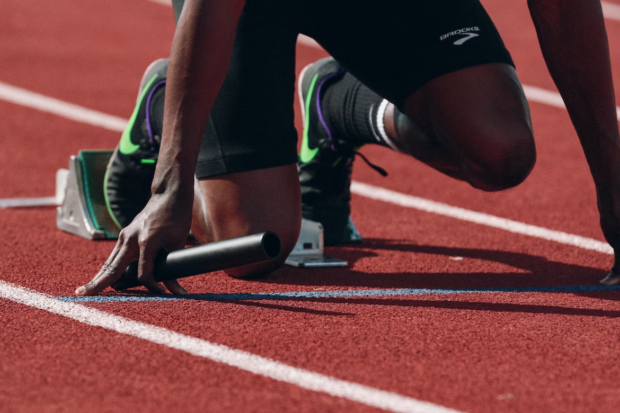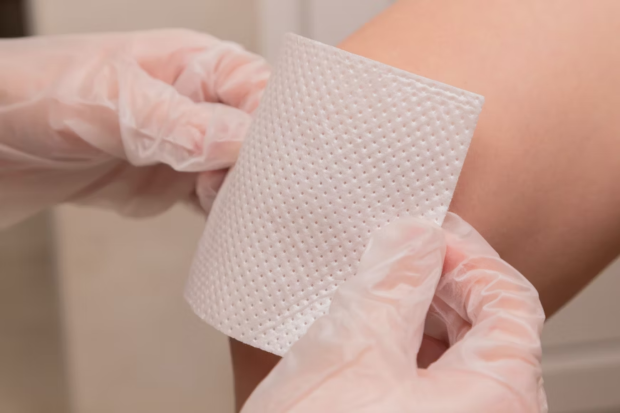Maintaining an Active Lifestyle After Knee Replacement: Tips for Sports Enthusiasts
Knee replacement surgery can be a life-changing procedure for those who have suffered from knee pain and arthritis for a long time. The surgery replaces damaged or worn-out knee joints with artificial ones to improve mobility, relieve pain, and enhance the overall quality of life. However, many patients wonder if they can continue to pursue their favorite sports and activities after the surgery.

The good news is that with proper care and precautions, it is possible to maintain an active lifestyle after knee replacement surgery. In this article, we will share some tips for sports enthusiasts who want to stay active and healthy after their surgery.
Consider Partial Knee Replacement
In some cases, knee replacement surgery may not be necessary for the entire knee joint. If only one part of the knee is damaged, a partial knee replacement may be a suitable option. This procedure replaces only the damaged part of the knee joint, leaving the healthy parts intact. Partial knee replacement is a less invasive procedure than total knee replacement and requires a shorter recovery time. Additionally, it may allow for a faster return to sports and activities, as the healthy parts of the knee can support the weight and movement required for certain movements.
Start with Low-Impact Activities
After knee replacement surgery, it is essential to give your body time to heal and recover. Even though the surgery is minimally invasive, it is still a major procedure that requires rest and rehabilitation. Therefore, it is crucial to start with low-impact activities, such as walking, swimming, and cycling, to avoid putting too much pressure on your knee joint. These activities help to strengthen your muscles, improve flexibility and range of motion, and increase blood circulation, which promotes healing and reduces swelling. You can gradually increase the intensity and duration of your workouts as your knee heals and your fitness level improves.
Work with a Physical Therapist
Physical therapy is an essential part of the recovery process after knee replacement surgery. A physical therapist can help you to develop a customized exercise plan that is tailored to your needs and goals. They can also guide you through the rehabilitation process, teach you proper form and technique, and monitor your progress. Working with a physical therapist can help you to regain strength, flexibility, and range of motion, reduce pain and swelling, and improve balance and coordination. Moreover, they can advise you on how to modify your workouts and activities to prevent re-injury and promote long-term health and well-being.
Listen to Your Body
It is important to listen to your body after knee surgery. While it is essential to be active, it is also important not to overdo it. If you experience pain, swelling, or discomfort during or after a workout, it may be a sign that you need to take a break or modify your activities. Remember to pace yourself, take frequent breaks, and prioritize rest and recovery. This will help to prevent injury and promote healing.
Choose the Right Gear
Choosing the right gear is crucial when it comes to maintaining an active lifestyle after knee surgery. Make sure to wear comfortable and supportive shoes that provide adequate cushioning and stability. This will help to reduce the impact on your knee joint and prevent injury. Additionally, consider using knee braces or supports, especially when participating in high-impact activities such as running or jumping. Knee braces can help to provide additional support and stability to the knee joint, reducing the risk of injury.

Maintain a Healthy Diet
Maintaining a healthy diet is important for overall health and well-being, especially after knee replacement surgery. Eating a balanced diet that includes plenty of fruits, vegetables, lean protein, and whole grains can help to promote healing and reduce inflammation. Additionally, staying hydrated by drinking plenty of water and avoiding sugary and high-calorie beverages can help to maintain a healthy body weight, which reduces the pressure on the knee joint.
Stay Positive
Finally, staying positive and optimistic is crucial for maintaining an active lifestyle after knee replacement surgery. While the recovery process can be challenging, focusing on the benefits of staying active and healthy can help to stay motivated and committed. Remember to celebrate small milestones and progress, and don’t be too hard on yourself if you experience setbacks or delays. With patience, persistence, and a positive attitude, you can achieve your goals and enjoy a fulfilling life after knee replacement surgery.
Knee replacement surgery may sound daunting, but with the right attitude and approach, it can open doors to a more active and fulfilling life. By starting with low-impact activities, considering partial knee replacement, working with a physical therapist, listening to your body, choosing the right gear, maintaining a healthy diet, and staying positive, you can keep your knee joint healthy, happy, and always ready for action. So, don’t let knee pain hold you back from chasing your dreams and achieving your goals. Remember, a little wit and humor can also go a long way in keeping you motivated, so keep smiling, keep moving, and keep on rocking!
